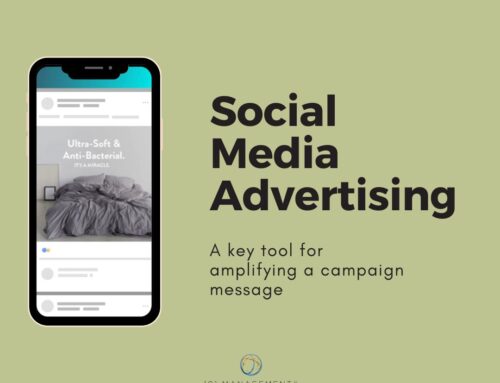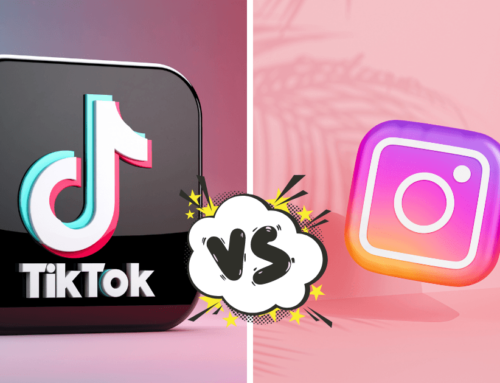You’ve heard us say before that you need to focus your efforts when you’re trying to market on social media. But our social media marketing experts want to emphasize that point going into the new year.
As social media platforms proliferate, and the demands on your time increase as a result, it is vital that you not try to be all things to all users. If you pick two or three of the most popular sites and become an expert on them, your chances of success increase exponentially.
By the way, Facebook—by far the most popular social media platform—should be one of your choices. That leaves you with one more platform to select.
Here’s what you need to know to help you make that selection.
What is your social media goal?
As with any type of goal setting, you need to be specific. If you want to retire early, you don’t just set a goal of “I want to make a million dollars by age 50.” You need to lay out concrete steps for how you’ll achieve that.
So it is with social media marketing. Do you want to enhance your brand awareness? Increase conversions? Boost traffic to your website? Generate leads?
Once you know what your primary goal is, you’ll be better positioned to achieve it.
Which platform are you most comfortable on?
If you’re drawn to one particular social media platform, and spend a great deal of personal time there, you’ll be more likely to know the ins-and-outs of how it works, which posts or tweets garner the most response from fans, what you’ve seen others do that works or doesn’t, etc. This kind of knowledge cuts down on your learning curve as you try to get the most out of marketing there.
Which platform fits most comfortably with your product/service?
On the other hand, don’t just select a social media platform because you like and use it personally. It needs to match your product or service to achieve the best results.
For example, if you’re a dentist and you’re trying to increase your clientele, you probably wouldn’t use Pinterest to do so. If you’re a floral designer, however, Pinterest was made to showcase what you can do.
Who is your ideal client?
If you don’t know who your potential clients are, you’ll waste time and money by pitching them products or services they’ll never use. How many times have you received a pop-up ad touting a product for erectile dysfunction (if you’re a woman) or for menopause relief (if you’re a man)? You may laugh, or shake your head, but you’ll immediately scroll away from it.
You need to know whom you’re trying to sell to:
- their age
- their sex
- their income
- whether they have kids
- whether they’re more likely to own or rent
- and so on . . .
Where are your potential customers?
Once you’ve decided who your ideal client is, you need to know which platform(s) they’re most likely to use. As mentioned above, you can’t go wrong in selecting Facebook as one of the sites to focus on. It has more than two billion users worldwide.
Then you’re left with the other Big Four: Instagram, Twitter, Pinterest, and LinkedIn. As we’ve already noted, Pinterest is perfect for visual displays, and LinkedIn is geared toward upwardly mobile professionals. Instagram is second only to Facebook in popularity, and caters primarily to young women, while Twitter includes both men and women in its audience, between the ages of 18-29.
And don’t overlook the possibility that your potential customers may not be tech-savvy. If the bulk of your potential customers are in an older demographic, social media may not be the best way to go, outside of Facebook.
Which platform has performed best for you?
If you’re currently on several social media platforms, you already know which ones produce the best results, or you should. If you perform an audit of your existing accounts, you’ll have hard figures that can steer you toward focusing your time and effort on the most productive platforms.
When you’re trying to narrow down your choices on platforms, be sure to consult our experts. We can help you determine which ones will yield the best results in achieving your goals.










Leave A Comment